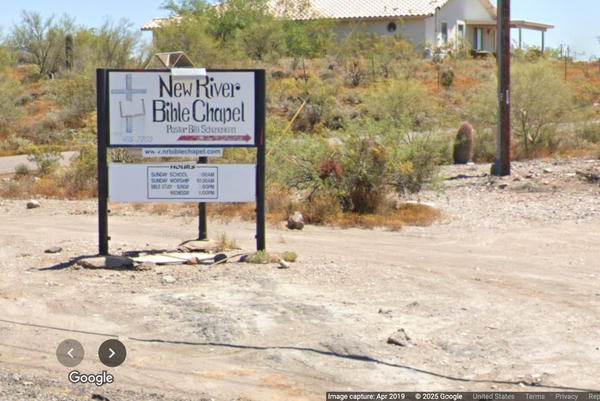
More than 350 invasive plant and animal species are causing about $2 billion worth of damage every year in one of Australia's most populated states.
But that annual figure could balloon to a whopping $30 billion by 2030 without investment in a long-term biosecurity management system, a government body has warned.
A report released on Thursday found urban expansion, climate change and natural disasters are all driving the spread of invasive species.

Invasive species are the highest impact contributors of extinctions, directly endangering 70 per cent of threatened wildlife and ecosystems in NSW.
Almost 1000 animal and plant species across the state are at risk of extinction from fire ant infestations, larger herbivores such as feral goats and horses, or free-roaming cats capable of killing 35 native animals a night.
"The failure to effectively manage new incursions could result in an estimated worst-case annual total cost of $29.7 billion by 2030," the 154-page report by independent government advisory body, the Natural Resources Commission, warns.
"This worst-case estimate includes market and non-market impacts across all sectors, including agriculture, environment, health, social amenity and infrastructure."
But the amount of financial resources spent on managing the rampant problem paled in comparison, with $200 million spent in 2022/23.

The commission's review found that much more focus is needed on protecting the environment, not just agriculture.
The commission specifically recommended tightening management laws to deal with the "significant biosecurity risk" of approximately half a million semi-owned, unowned or feral cats across the state.
It also cautioned that without a systematic approach, politics was often at play rather than legitimate environmental concerns.
"Driven by a lack of a statewide risk-based approach or resourcing strategy, funding is often instead allocated based on existing program maintenance, public visibility of invasive species or pressure from interest groups," the review found.
The Invasive Species Council said the "era of failure" should end and a comprehensive strategy was needed to inform government's approach.
"For too long, invasive species management has been characterised by short-term funding cycles, lack of coordination and a lack of strategy," chief executive Jack Gough said.







